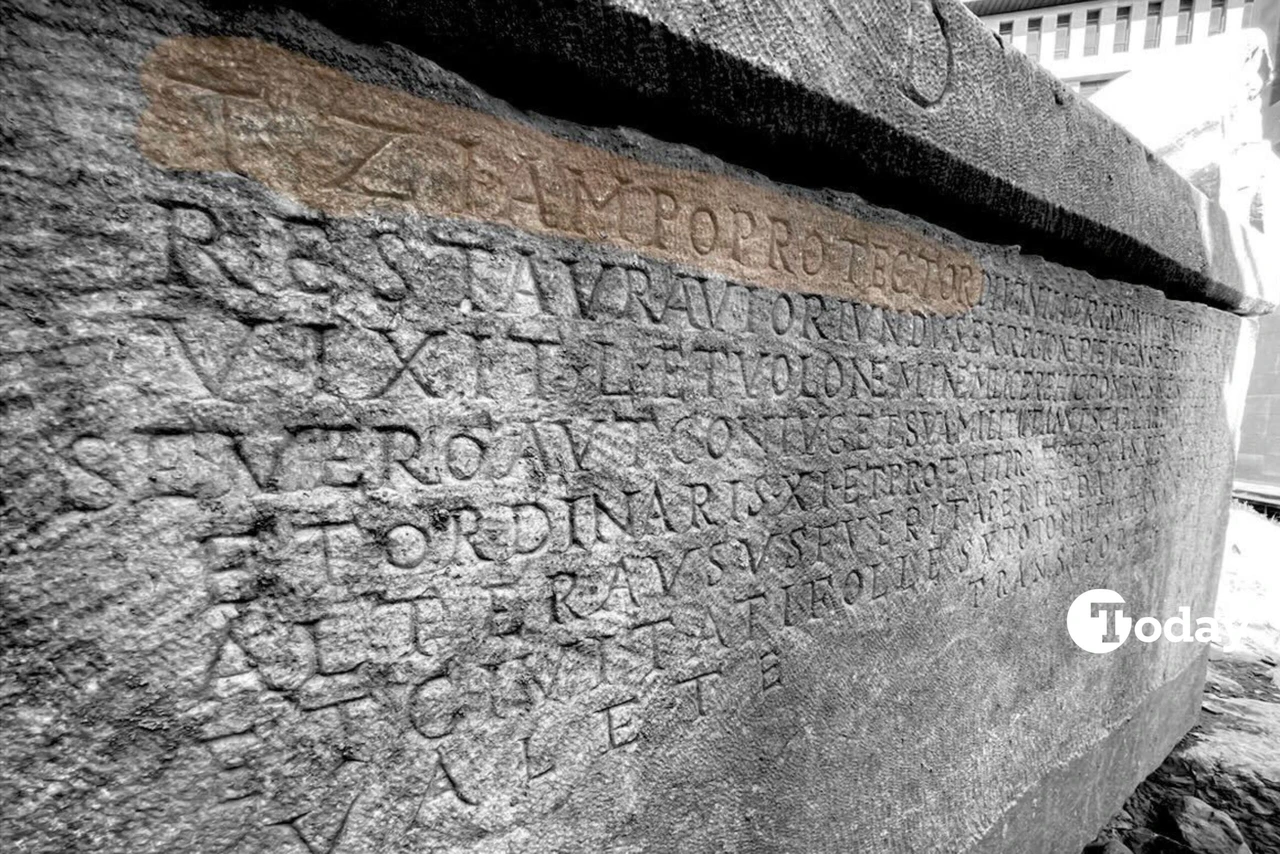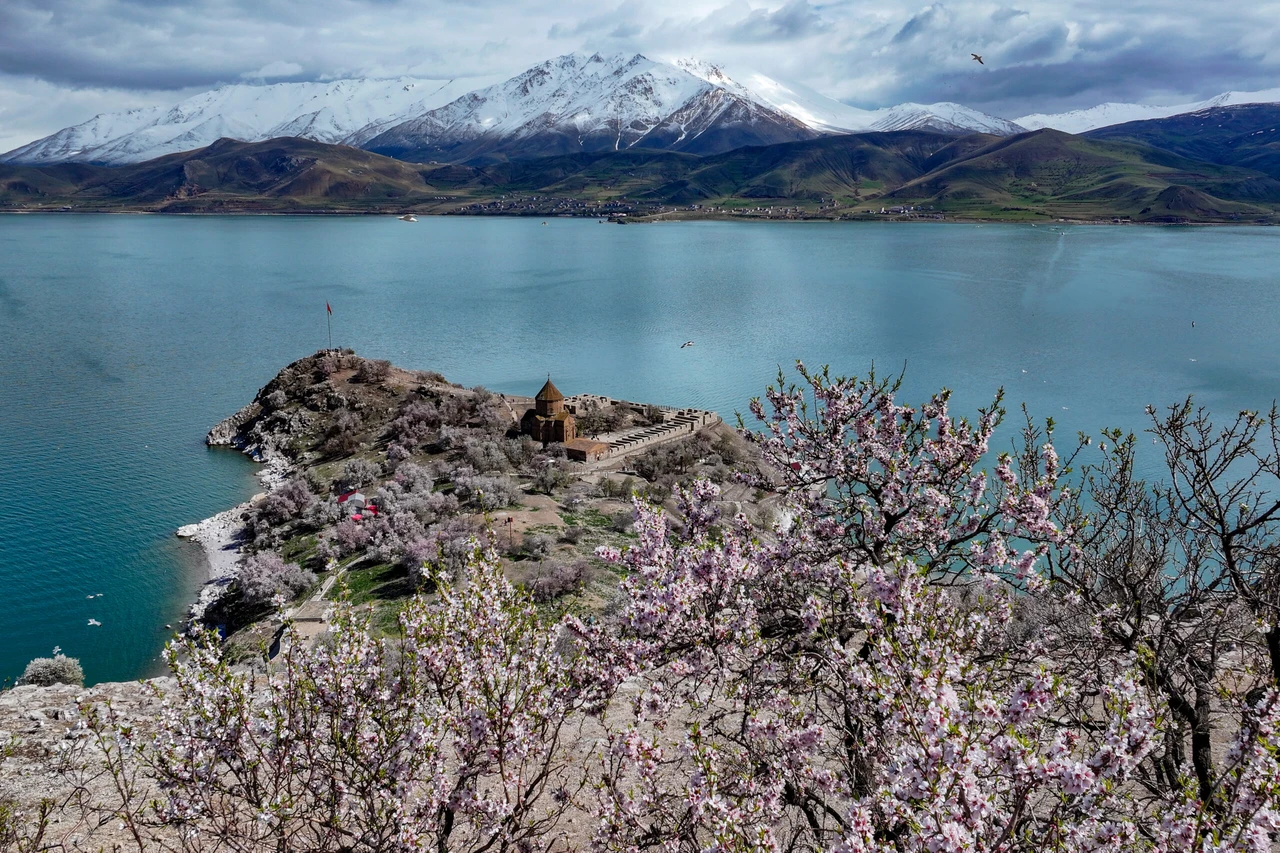1,700-year-old ancient water channel in Türkiye’s Yalova to boost tourism
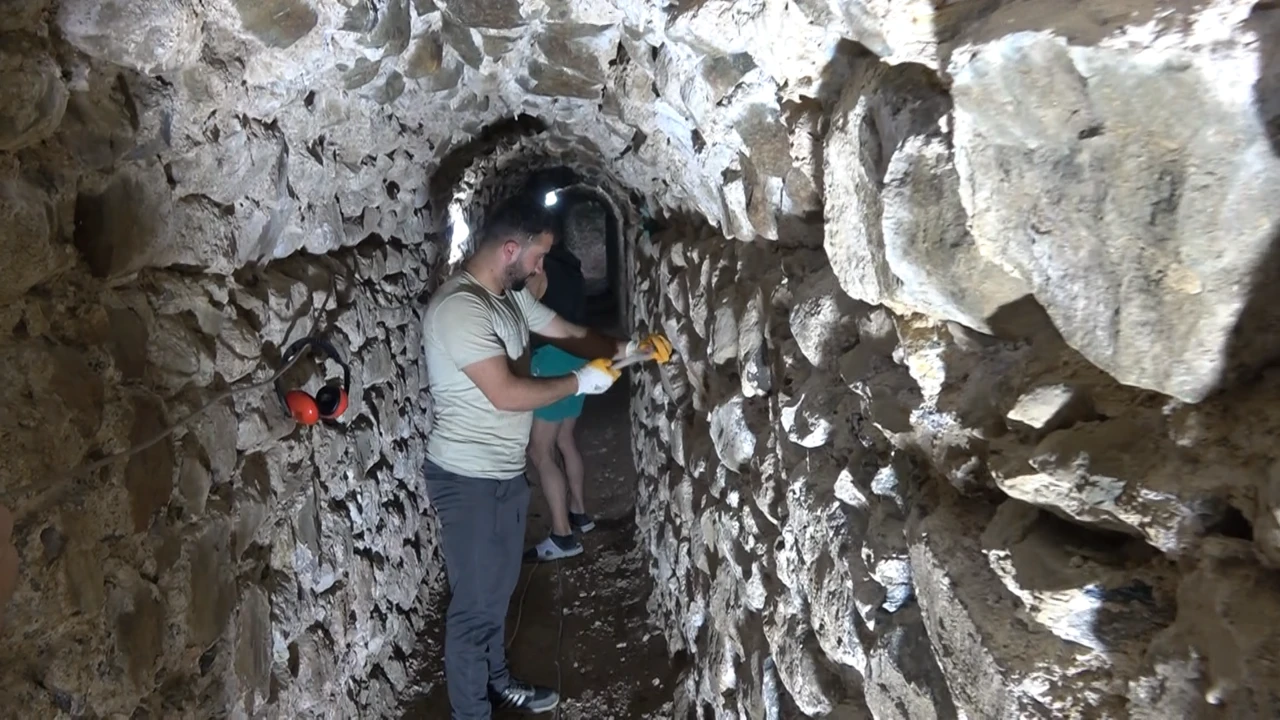 500-meter section of the ancient water canal, which is located in the town of Tesvikiye in the Cinarcik district of Yalova and is approximately 7 kilometers long, is being restored and brought to tourism, Türkiye, September 15, 2024 (IHA Photo)
500-meter section of the ancient water canal, which is located in the town of Tesvikiye in the Cinarcik district of Yalova and is approximately 7 kilometers long, is being restored and brought to tourism, Türkiye, September 15, 2024 (IHA Photo)
A significant restoration project is underway to revive a 1,700-year-old Roman water channel located in Tesvikiye, within the Cinarcik district of Yalova. Once completed, this historical marvel is expected to become a captivating new tourist attraction for the region.
Restoration efforts are underway for a 500-meter section of the 7-kilometer-long ancient water channel, a Roman masterpiece unparalleled in its time. This initiative is part of a protocol signed between the Yalova Provincial Directorate of Culture and Tourism, Bursa Cultural and Natural Heritage Conservation Board, and Tesvikiye Municipality. Supported by the Provincial Special Administration, the project aims to restore a significant portion of the historic site.
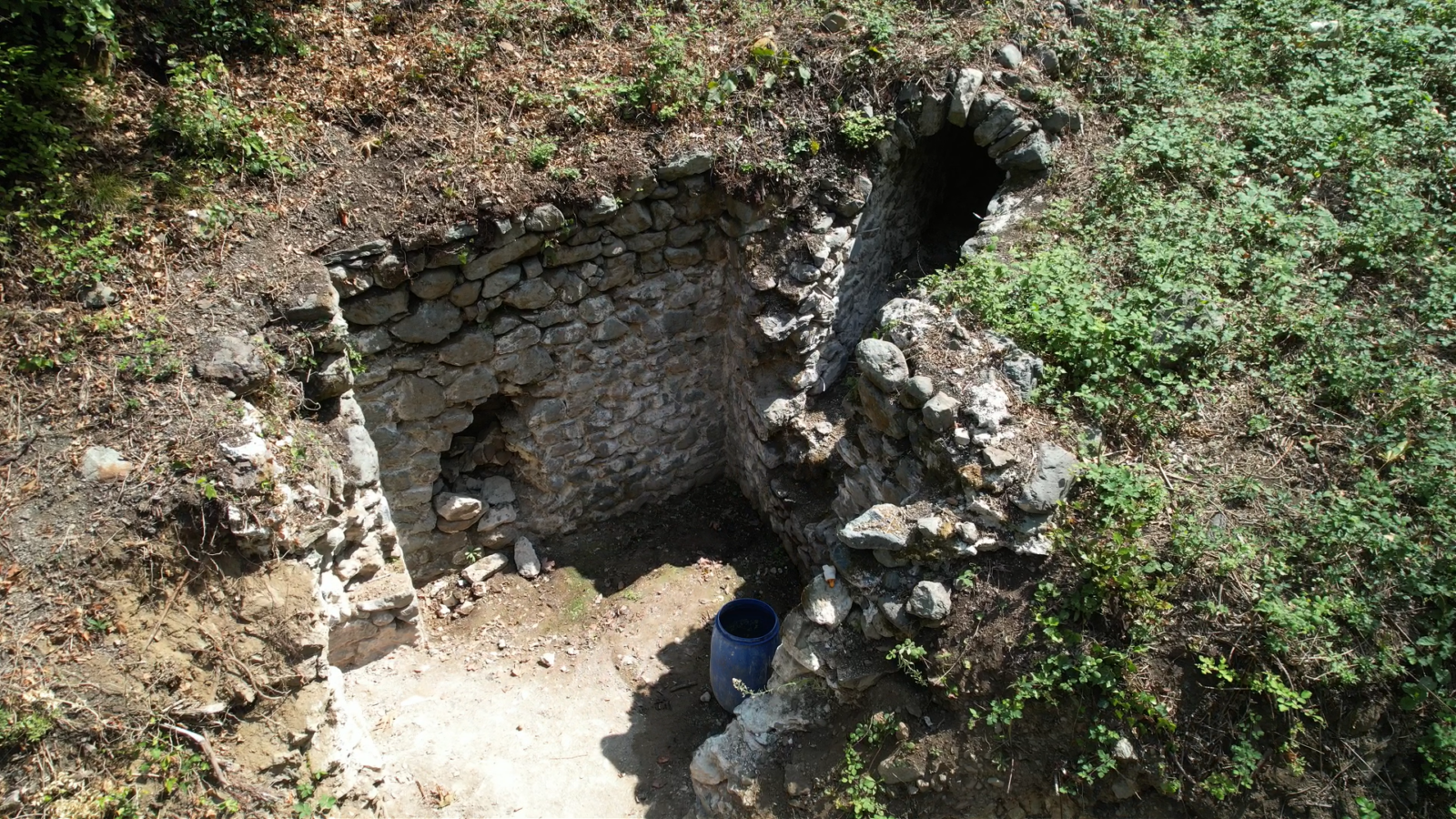
Tesvikiye Mayor Mustafa Nurten highlighted the importance of this ancient Roman aqueduct, expressing the municipality’s goal to open it to tourism by next spring. He said, “We are planning to create spaces for the public to enjoy, including areas for socializing and facilities integrated with the environment.
This historical structure will add significant value to the region, already known for its nature and seaside tourism.”
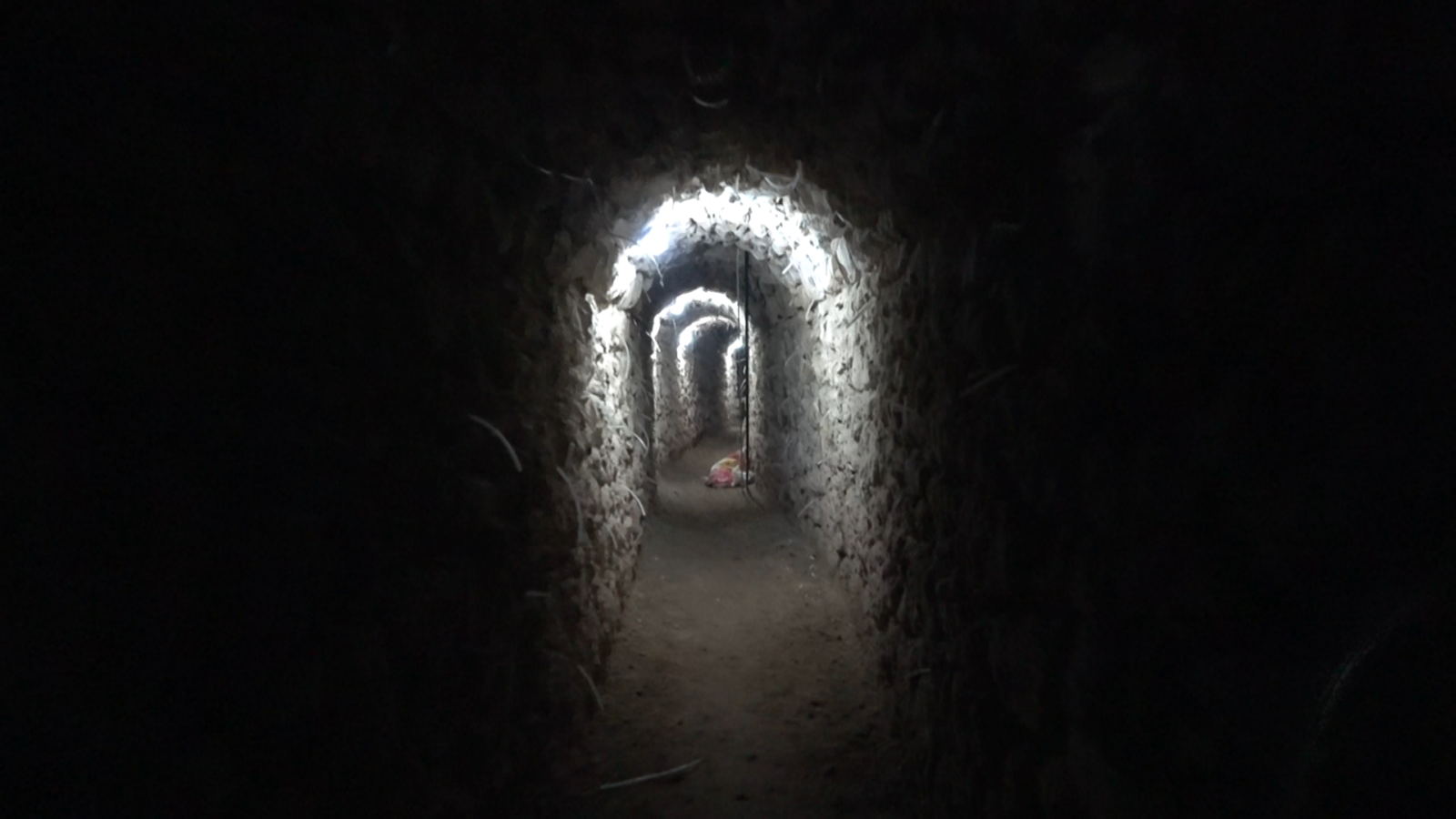
Roman engineering marvel
Architect Halil Ubuz, leading the restoration, emphasized the historical significance of the site.
He noted that the water channels date back to the late Roman period, stating, “The water tunnels here stretch for 7 kilometers, reaching the far end of Cinarcik. Their purpose was to store water and regulate its flow for human use. Ingenious pressure-regulating sedimentation pools were constructed along the route to manage the water’s journey without the use of mechanical intervention.”
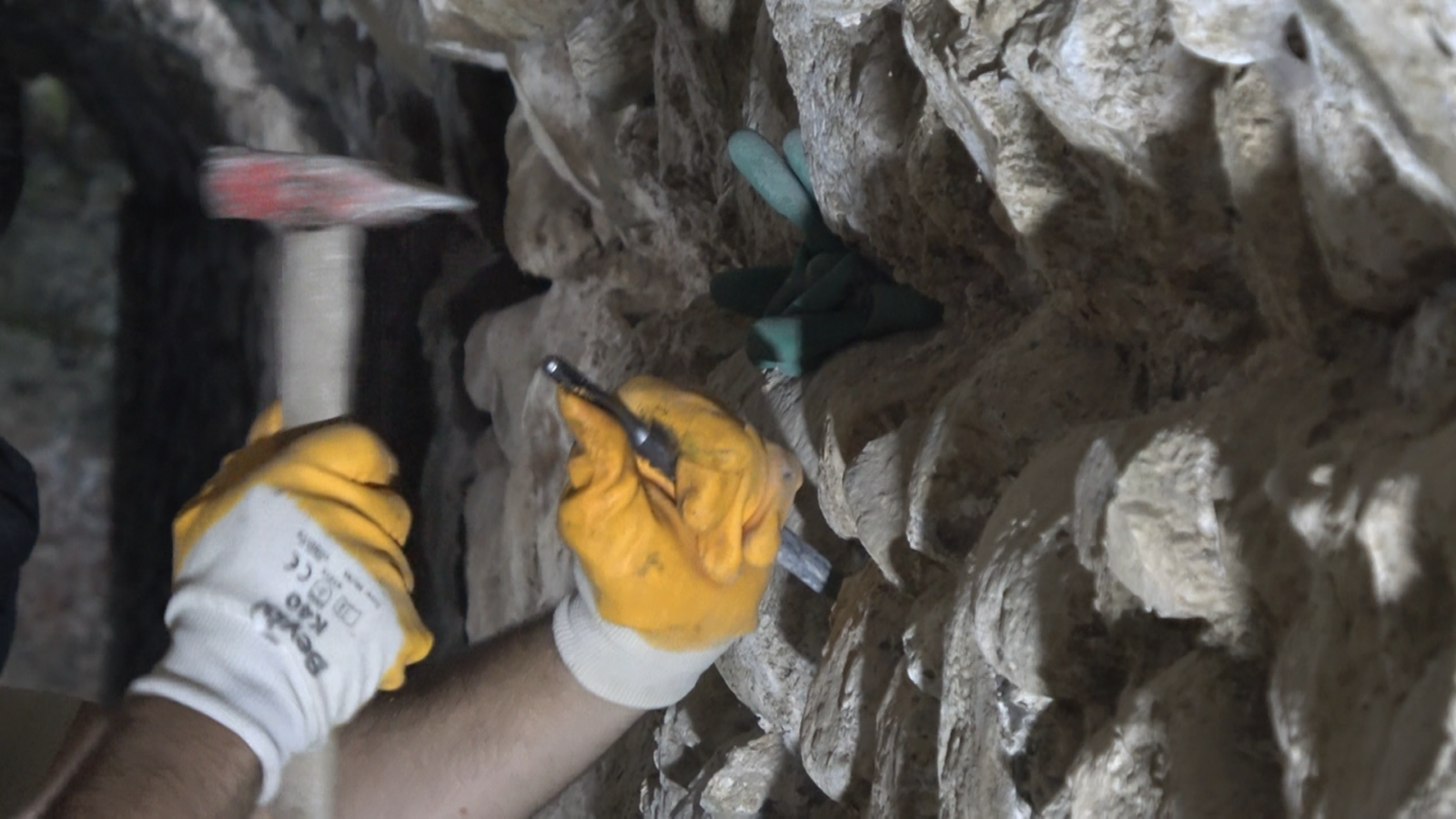
Ubuz also drew attention to the advanced engineering techniques used in the construction, adding, “In those times, structures like this, which efficiently managed water flow without modern tools, were rare. We are talking about a time 1,700 years ago, predating even Istanbul’s Hagia Sophia, built in 532. This site is of immense importance, both for Türkiye and the world, in terms of the development of water management and infrastructure.”
Once restoration is completed, visitors will have the opportunity to experience a piece of history, with plans to take them back in time nearly 2,000 years.
